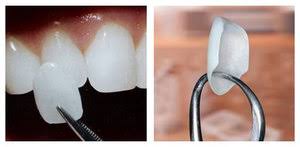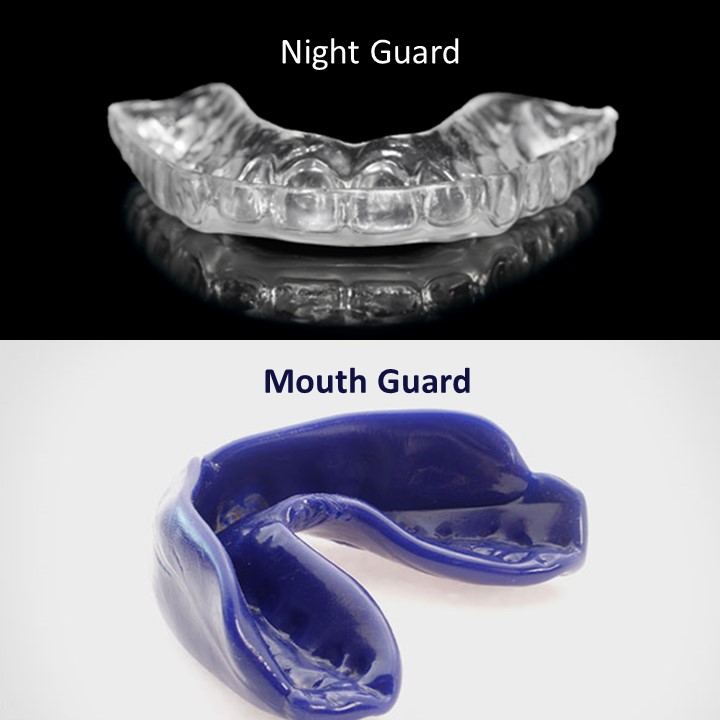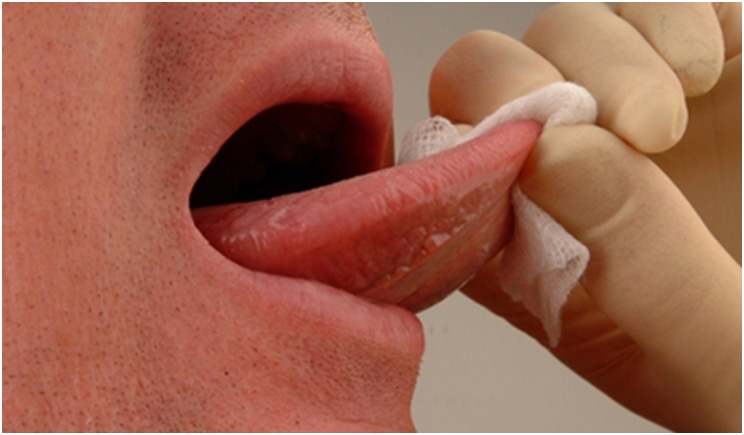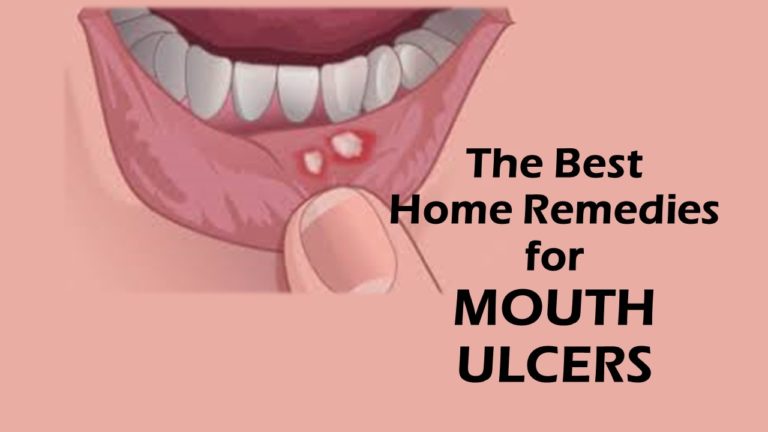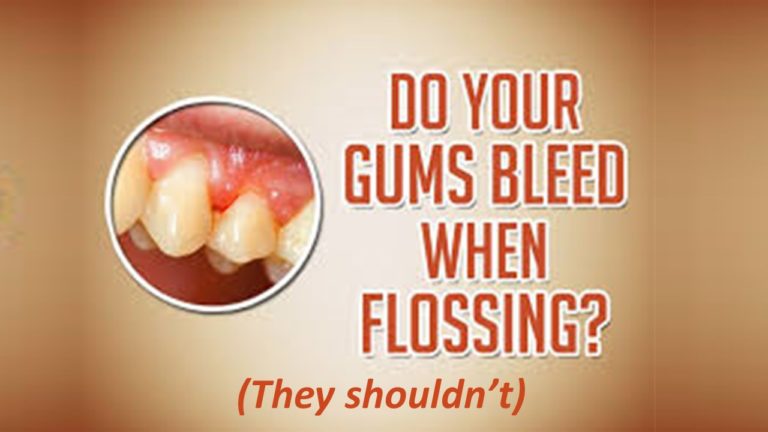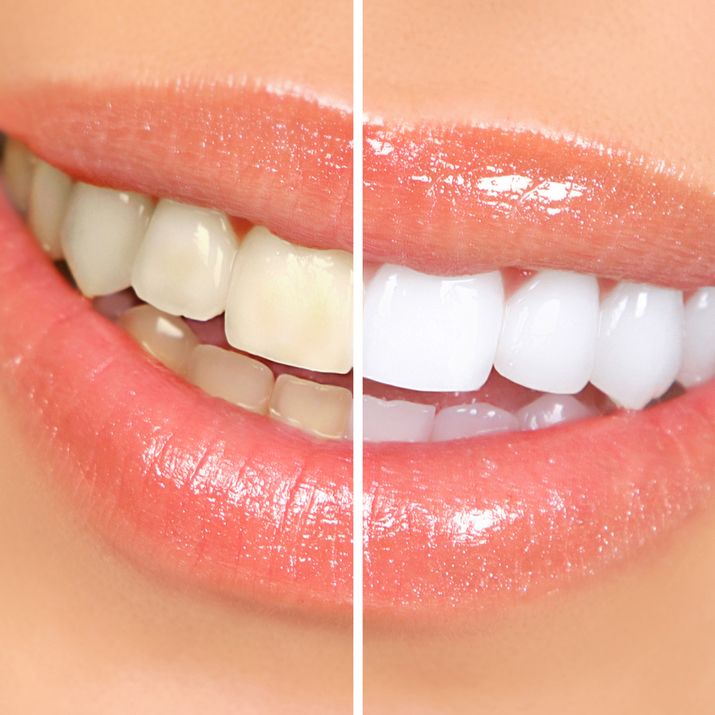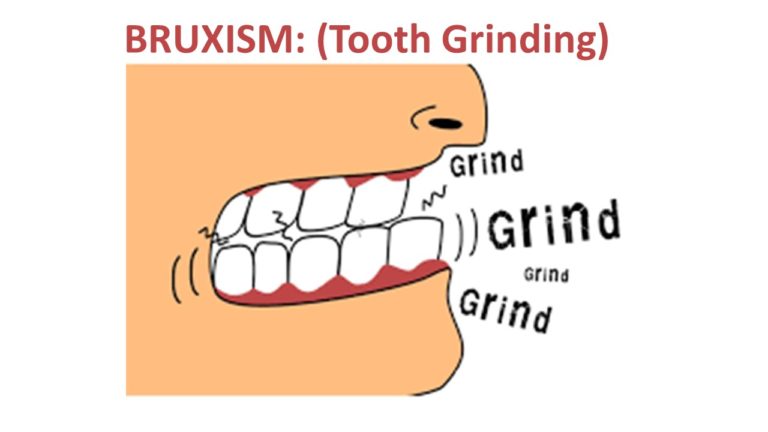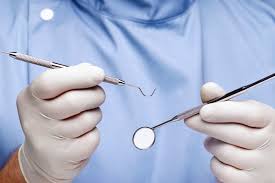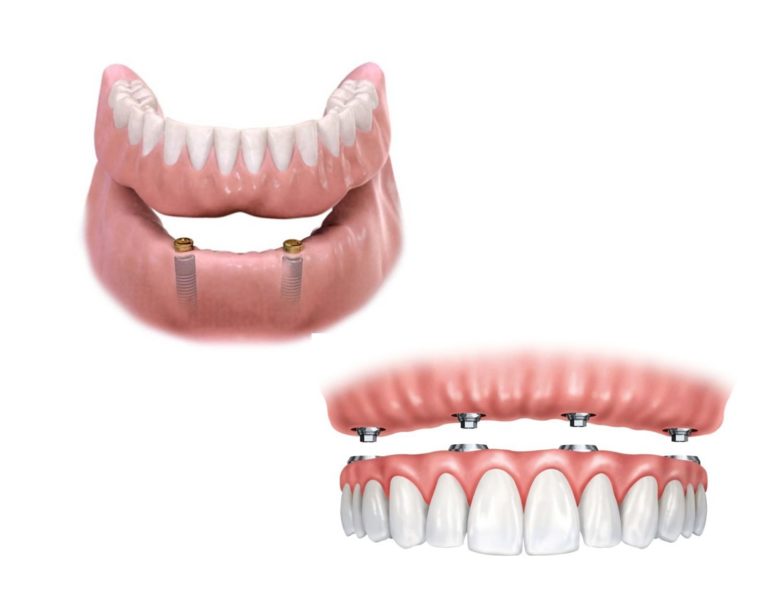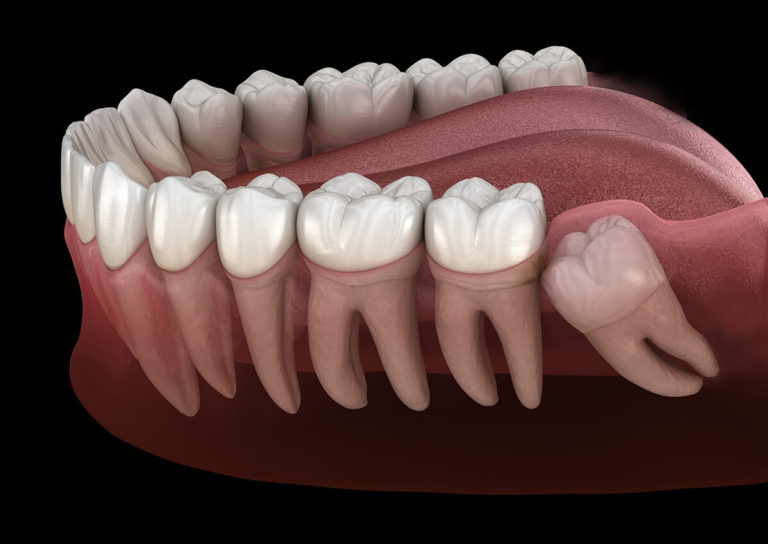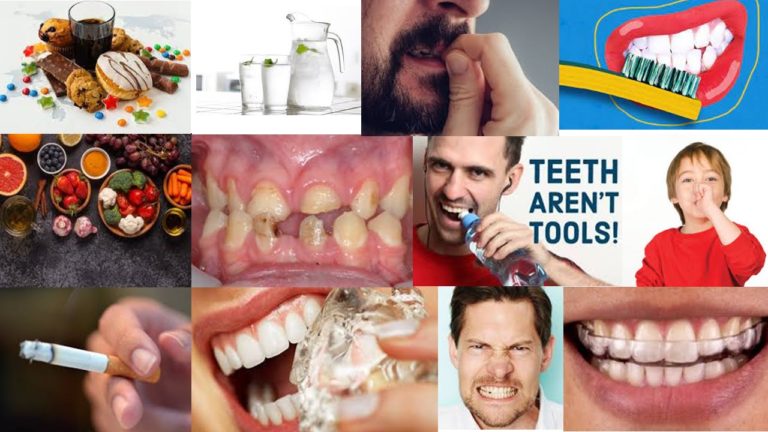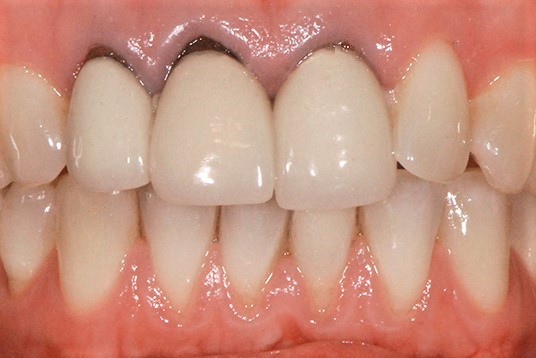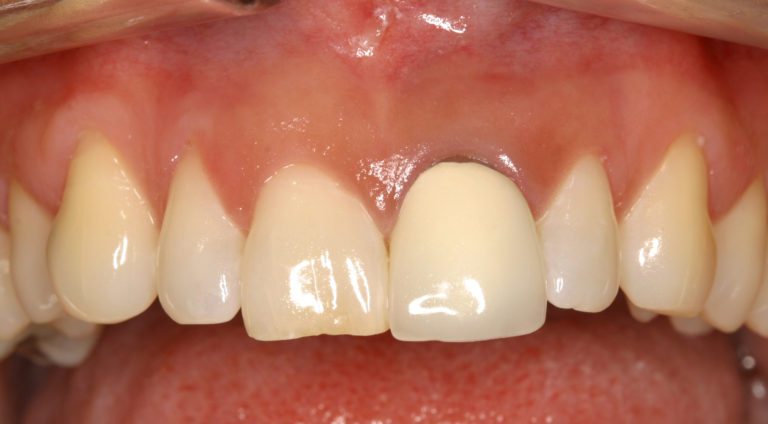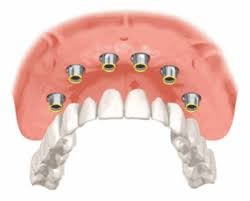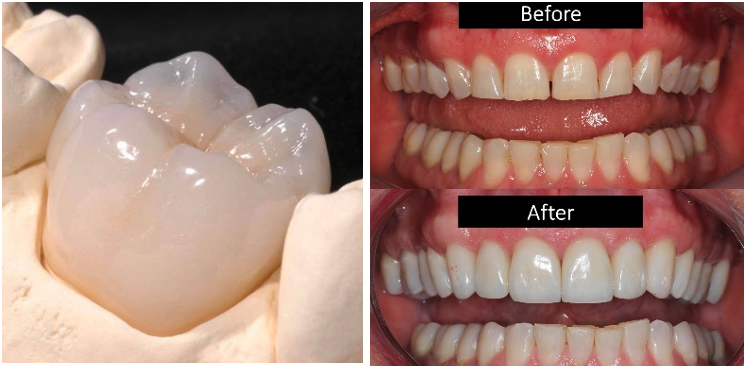If you have badly shaped, damaged, or cracked teeth, cosmetic veneers and fillings can make your teeth shine like they are brand new.
There are two types of Veneers: porcelain and composite. Cosmetic Veneers and Fillings are dental techniques that repair spaces between teeth, cover permanent tooth stains, hiding unattractive fillings.
Veneers are excellent for improving the appearance of badly shaped teeth and restores confidence in smiling and self-esteem.
PORCELAIN VENEERS
Do you ever look at people on TV or in magazines or even social media posts and wonder how all those people have such beautiful, perfect teeth? How their smiles are so perfect? So bright and perfectly aligned? Are they all just genetically blessed or is there something more to their enviable smiles?
Whether you tend to only go to the dentist when something is wrong or you’re faithful to your 6-month check-ups and have a very healthy dentition, your smile may not have that Hollywood appeal. But… what if you could have?
If you’re someone who is reluctant to show off a huge, toothy grin because you’re self-conscious of your teeth, maybe it’s time you do something about that.
If you’ve ever thought about veneers and wondered if they’d be right for you, read on.
FIRST OF ALL, WHAT ARE THEY, EXACTLY?
Veneers are custom made, very thin, but strong shells of porcelain that are bonded onto the fronts of teeth. They usually require very little preparation and therefore cause very little discomfort. They are custom made just for your smile, down to the shape, size and color. They can be used to fill in gaps, correct misshapen teeth, correct slightly crooked teeth, brighten up a smile, and done for just one tooth, to 6-10 front teeth, depending on your individual smile’s imperfections. While many people get them strictly for cosmetic reasons, they’re also often used in a restorative fashion as well.
ARE THEY RIGHT FOR YOUR INDIVIDUAL SITUATION?
Although porcelain veneers work well for many people, they’re not appropriate or possible for all cases. If your gums are healthy, you have good bone structure, and you don’t already have crowns or other large restorations on your front teeth, you are likely a good candidate.
WHAT ARE THEY GOOD FOR?
They’re excellent for addressing issues such as:
- Stained or discolored teeth
- Chipped teeth
- Uneven smile
- Narrow smile
- Spacing problems
- Gaps
- Crowding
- Bite issues
- Replacing old, discolored restorations
- Intrinsic staining from antibiotics or fluorosis
A CUSTOMIZED SMILE
You may have seen someone with veneers that didn’t look “natural”. Maybe the teeth were too big, or too bright-white, or not shaped to complement the person’s face? People say they want a big, bright smile, and choose the whitest white they can, but this often does not look REAL. We like to consider other factors in selecting the right shade that’ll look best on YOU. We consider your skin tone, the color of your other teeth (for instance, the color of your lower teeth if you’re getting upper veneers), and even sometimes factors like your age. If you’re 65, you probably won’t look right with super-bright-white teeth. But a nice, beautiful shade that looks white ON YOU without looking like Chicklets? That’s probably something you’d be happier with in the long run, even if you THINK you want really bright teeth.
WHEN MIGHT THEY NOT WORK?
There are situations in which they are not the optimal choice. Once example of this is if you’ve worn your teeth down from grinding them. If they’re too worn down, they may not adhere well to the surface of the tooth.
If you have very large gaps in your teeth, it may be necessary to have braces (Orthodontics) done before getting veneers. On the other end of the spectrum, if your teeth are too crowded, veneers would not be recommended.
WHAT’S INVOLVED IN GETTING THEM?
Typically, once we have gathered your diagnostic records and are ready to begin treatment, it only takes two visits.
1-On the first visit, a very thin layer of your enamel is removed to prepare the tooth for the veneer. (Most patients opt for local anesthetic for this.) How much enamel? Typically, about 0.2mm, a little less than, or about the thickness of a fingernail or contact lend. An impression is then made of the prepared teeth to send the lab, and temporary acrylic veneers are placed that you wear until the second visit.
2-On the second visit, the temporary veneers are removed, and the porcelain ones are tried in, the color and shape evaluated, and then, once the fit and perfection is confirmed, they’re bonded onto the teeth, then polished. That’s all there is to it.
WHAT ABOUT AFTERWARD?
Recovery from both visits is easy. Some patients experience some slight sensitivity to temperature at first, but it’s mild, and subsides as the teeth adjust. Mostly, what you’ll notice is how much more you smile and how often you look in the mirror at them! (This also subsides, as you get used to them “-))
As far as taking care of them: You’ll take care of them as you would natural teeth. Brush and floss and keep them nice and clean. It is important to keep you gums healthy, so they stay looking beautiful for years and years. If you have gum disease and have gum recession, this will expose the margins of the veneers and make them more prone to staining and decay, so just be sure and keep them clean.
You will want to avoid biting into really hard things. Remember, although they ARE strong, they’re also very, very thin shells of glass, so use them accordingly! If they break, they cannot be repaired, they’ll have to be replaced.
HOW LONG DO THEY LAST?
With proper care and good dental hygiene, most veneers last 10-15 years. Many last even longer, as long as the gums are kept in excellent shape and you’re not hard on the teeth. We’ve seen them last 25 years. (So, part of THAT answer, is up to you.)
HOW MUCH DO THEY COST?
The cost of veneers is typically about the same cost as a crown, so depending on various factors like, your dentist’s credentials and experience and the location, that’s about what you can expect. This can range from $1,500-$2,500 per tooth.
The good news is that you don’t need to do your entire mouth; only the teeth within your smile line or the ones that need it to blend in with your others.
IMPACT OF ROOT CANALS
If you need a root canal on a tooth that you’re planning on having a veneer on, you’ll need to have that performed first. Once a tooth has had a root canal, it often changes in color, and sometimes the materials used for the root canal procedure can alter the color of the tooth as well.
With that said, if you get a root canal down the road and the tooth changes color, you’ll need to have the veneer remade. Because they’re so thin, the color can change after the fact by what’s happening to the tooth underneath it.
COSMETIC DENTISTS
First of all, there is no such thing as a specialty called “cosmetic dentistry”.
BUT. There IS a specialty dedicated to the reconstruction and replacement of teeth, and that specialty is Prosthodontics (Learn more here: American College of Prosthodontists.)
I am a Prosthodontist and I have made hundreds of veneers for people over the years, and I can honestly say that (to date!) no one has ever regretted having this done.
I’ve included some before and after pictures of one of my patients so you can be the judge. If you have ever thought about doing something to improve your appearance, please ask us about veneers. You may just find that this treatment is one of the best things you’ve ever done for yourself.
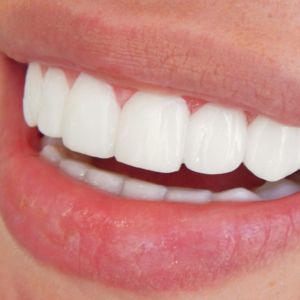
If you’d like to see if veneers are a good option for improving your smile, I’d like to invite you to visit me for a complimentary consultation.
I’ll be happy to sit down with you and discuss which smile enhancement options are best for you and your particular situation.


